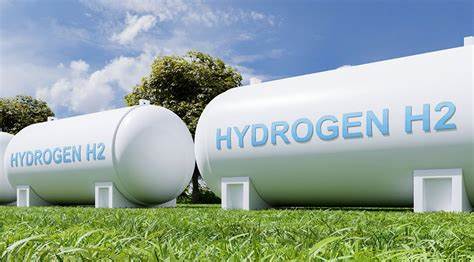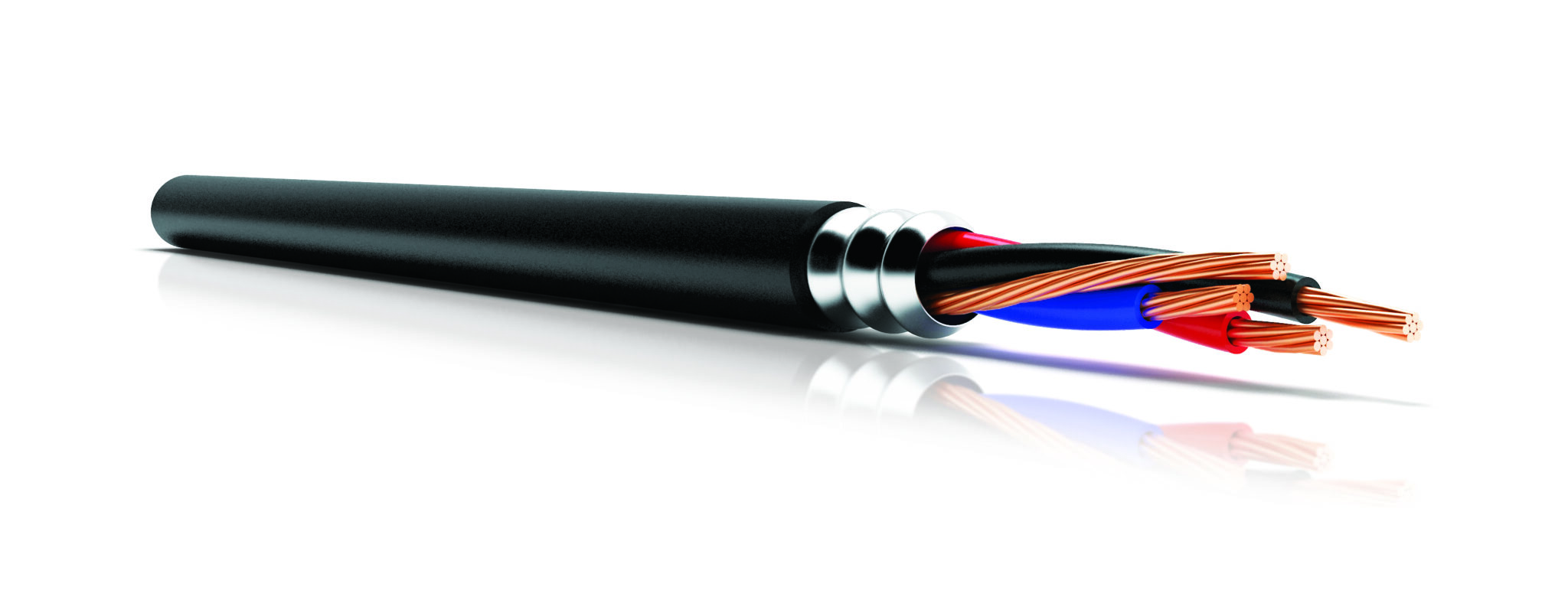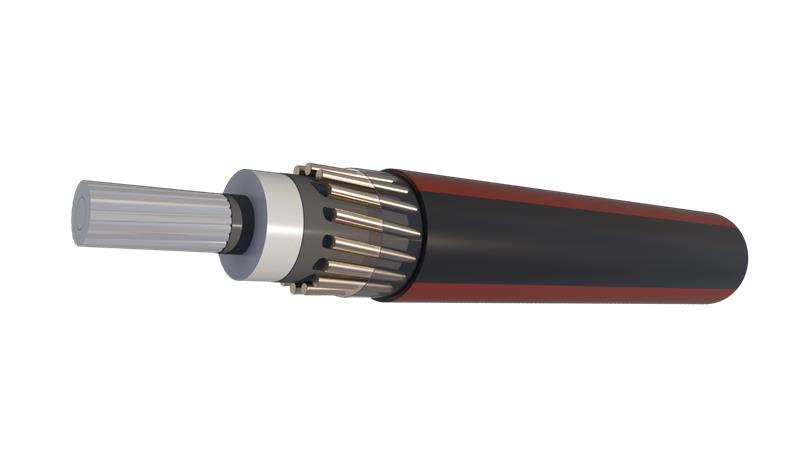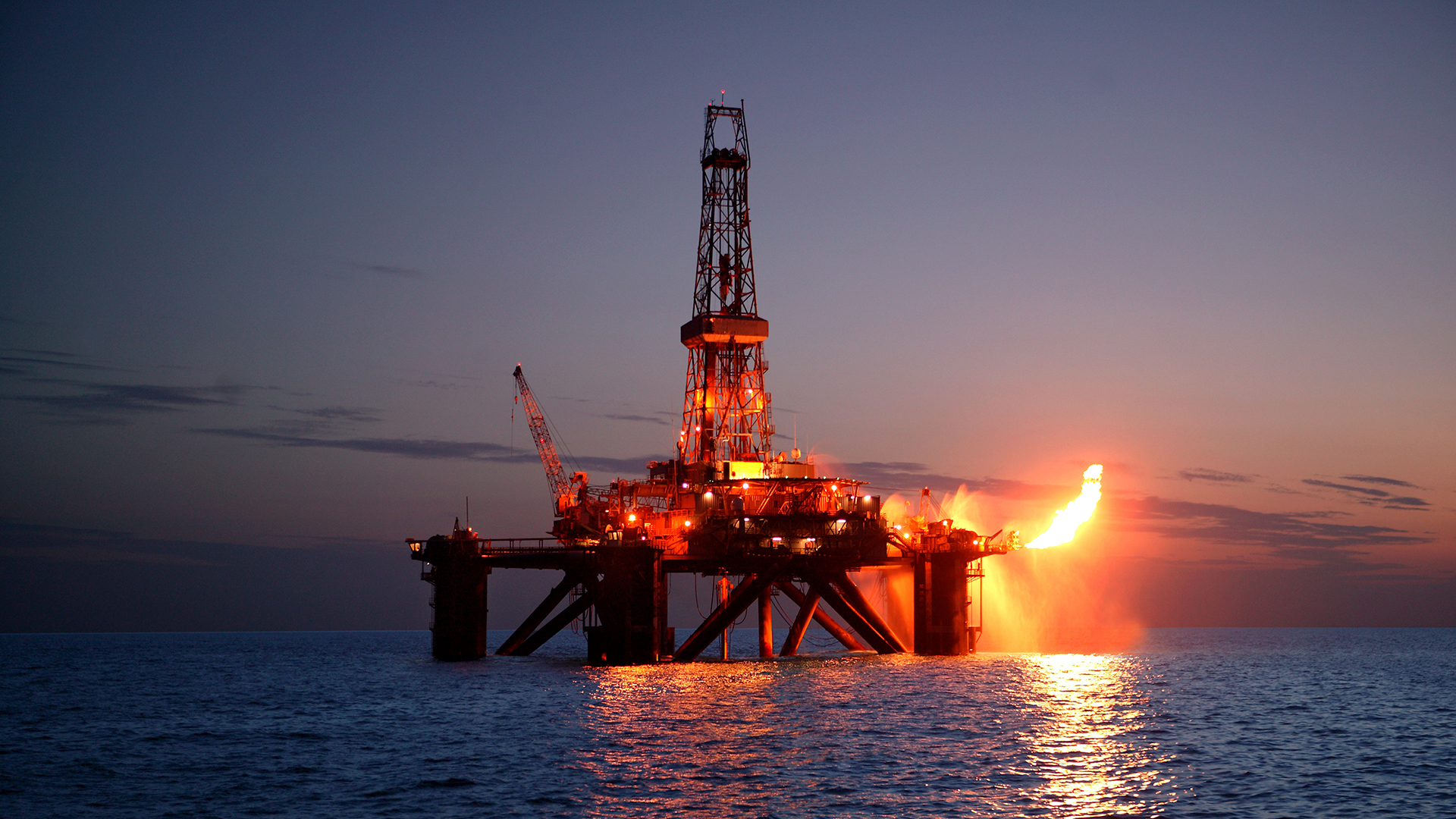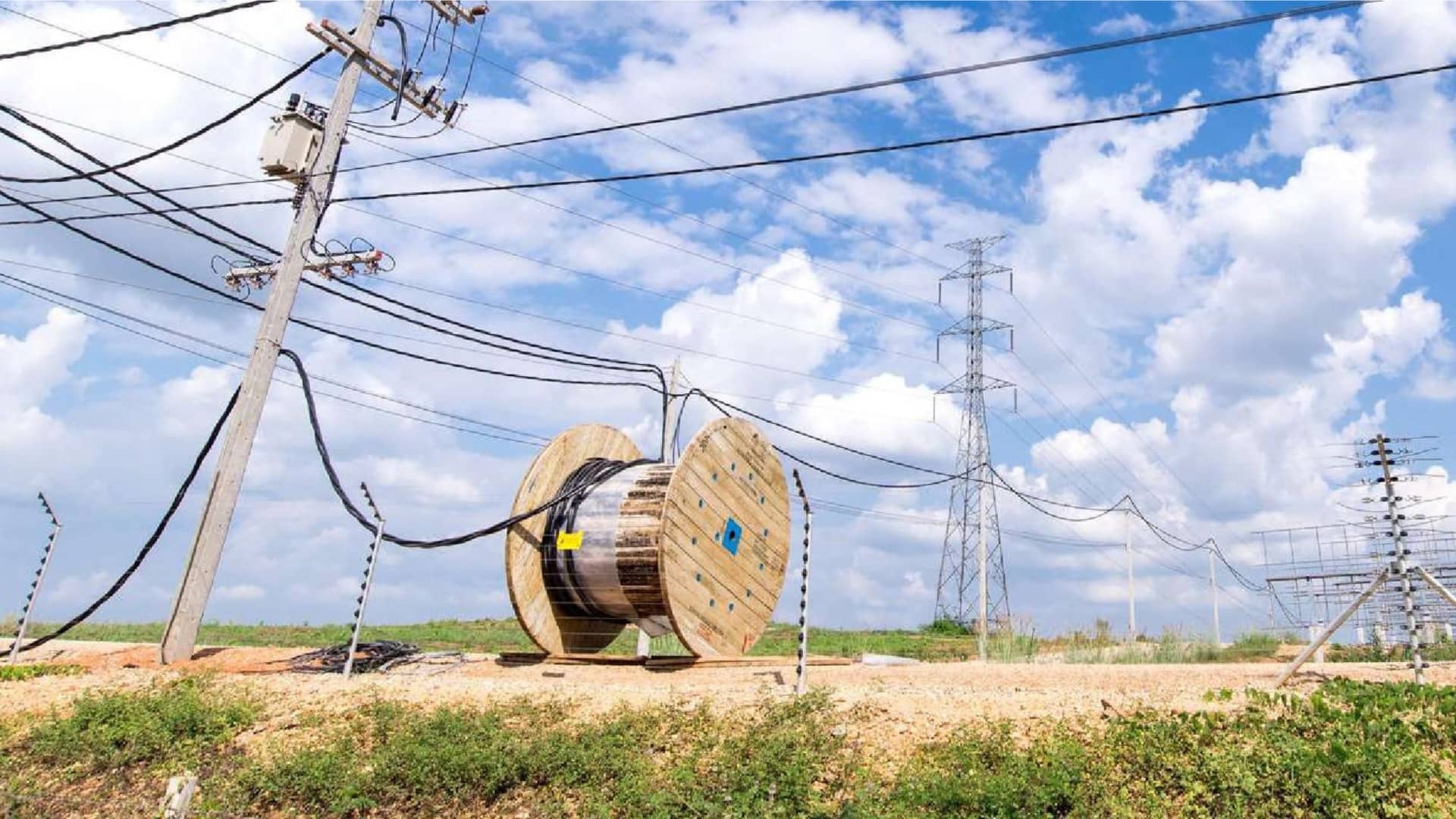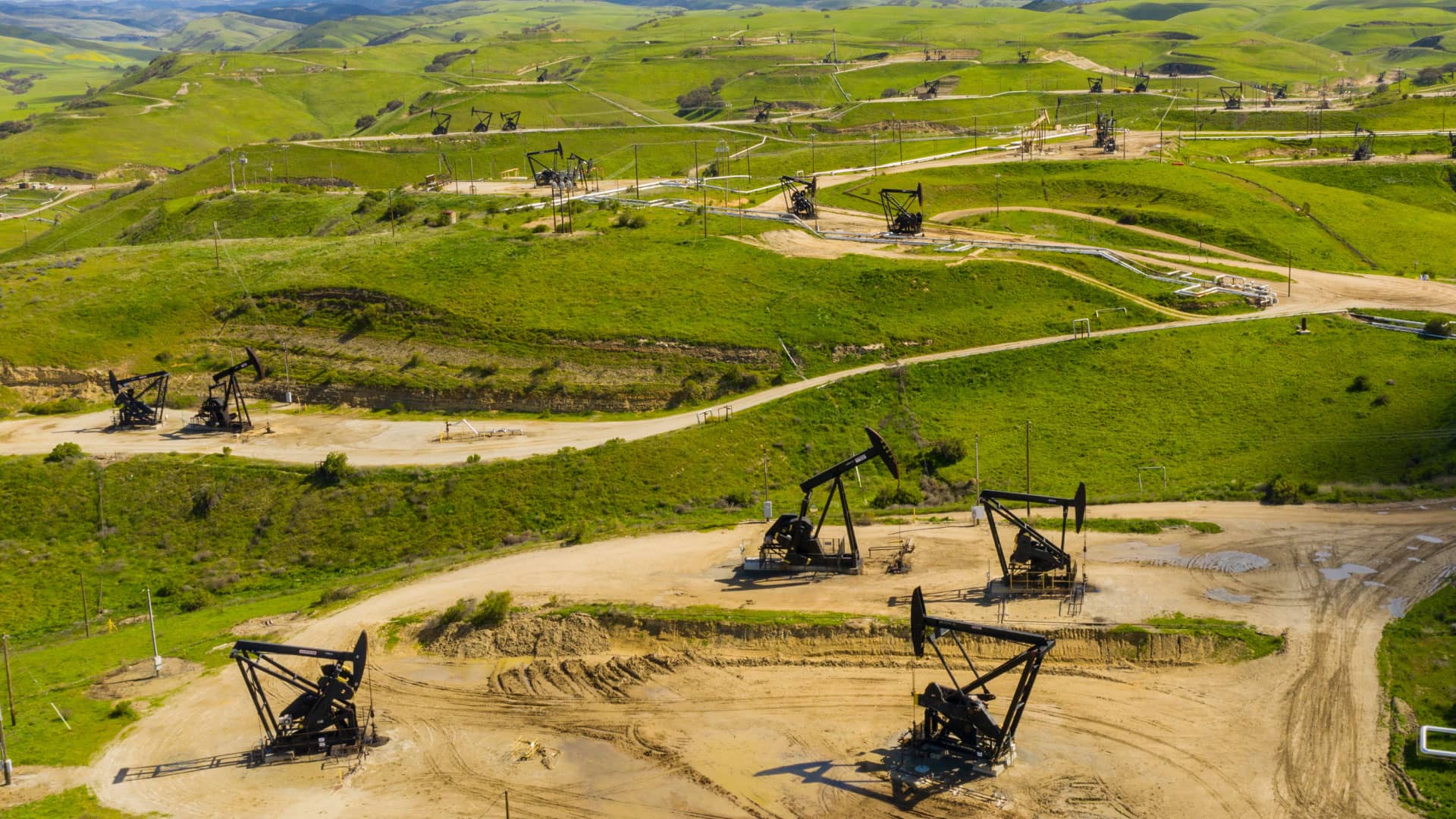E'kabel Blog
O&G industry can save 90 million euros per year
Application of Predictive Algorithms for Oilfield Optimization Process
In the first half of 2020, the pandemic affected the Oil & Gas Industry. During this time, oil barrel prices reached low levels of 30$ and even showed negative figures [1]; this unprecedented phenomenon prompted the search for different strategies and the inclusion of new technologies.
Companies like Abu Dhabi National Oil Company, Total, Shell, and the Petroleum Directorate of Norway have accelerated their migration to digital transformation and scientific data collection thanks to advances in telecommunications, cloud services, and previous artificial intelligence developments (AI).
In Latin America, the integration of AI has also considered social aspects. Oil & Gas companies could improve the communities’ perception of their work by researching and identifying cycle behaviors. The approval level of communities increased by 45% in acceptance for the operations of exploration and production [16-17].
Talking about intelligent wells and fields means having assets that achieve autonomy and optimization by integrating knowledge, technology, and workflows to manage and improve operations efficiency, maximizing the field’s life cycle.
AI applies to both optimization and maintenance and has been incorporated into work methodologies to support the search for solutions to events that cause loss of production.
The use of telemetry for remote measurement facilitates access to large amounts of data. That data helps train predictive algorithms. Research shows that AI can help the industry achieve savings of 90 million euros per year [2] by providing data that allows prioritizing maintenance actions and better planning. With this information, the field can have fewer unplanned stops.
For implementing these methodologies, the data acquisition must happen in real-time; it must ensure: strength, reliability, and durability under extreme operating conditions.
The value of AI information is equivalent to a cost reduction of 30% per year compared to traditional methods such as PLT (Production Logging Tools)[3]. Decision-making gets faster and more accurate, and well management is significantly improved.
“Research shows that AI can help the industry achieve savings of 90 million euros per year…”


One of the most used AI applications in the Oil and Gas sector is automatic learning, also known as Machine Learning (ML). It can access historical data and learn from different operational experiences to generate what we know as Predictive Algorithms.
Predictive Algorithms
They seek to predict the performance of equipment and issue early warnings. For the algorithm to generate timely alerts, it must go through the following process:
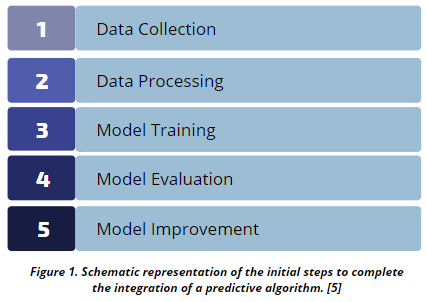

The algorithm requires data collection, and access to historical information (production, operational conditions, data from sensors, etc.), then this data is processed to ensure its quality. The algorithm continues training and improving the model for several test scenarios over time. The algorithm measures the effectiveness of pattern recognition and the assertiveness of generated alerts to ensure predictions with the slightest degree of uncertainty.
The evaluation of the model implies testing the algorithm in a group of wells first. The company can also set aside a portion of the data for testing purposes. This way, users can compare the predictions with the data received in real-time, which allows for evaluating the model’s effectiveness and precision; At the end of this period, the team can make required modifications to finally implement the algorithm as an integral part of the operations.
It is essential to mention that before an operation or process in wells can be considered autonomous, certain levels of automation development must exist.


Data collection is at the heart of the algorithm; therefore, oil and gas facilities need levels 1 and 2 of development. SCADA System (Supervisory Control And Data Acquisition) and the cloud are some examples of tools that make it possible to access data through any device connected to the corporate network. This way, the algorithm can access the variables that allow it to make the pattern recognition and predictions as reliable as possible.
The main benefits of implementing this technology are:
- Decrease in costs associated with production losses due to unscheduled stops.
- Optimization of operational parameters and efficient planning of preventive maintenance.
- Receiving alerts based on events that need urgent attention.
- Support to the decision-making specialist, allowing faster and more efficient actions.
- Prevention of damages due to problems derived from bad practices or imminent failures.
- Recognition of operational patterns, which are generally not evident.
Identification and Prognosis of Failures in Artificial Lift Systems
About 90% of the wells in a field go from producing by natural flow to producing by some artificial lift system. In those cases, conventional optimization practices contemplate the acquisition of downhole data, allowing the operator to improve, fine-tune and get to know the operational behavior of the artificial lift system.
This data feeds predictive algorithms, enabling early detection of failures, prioritization of anomalies, and rapid decision-making.
This practice focuses on reducing unplanned deferred production due to unforeseen events. An example is a variation in the operational parameters of electro-submersible pumping systems (BES) connected to variable frequency drives (VFD) on the surface. In these cases, the information is centralized in SCADA and sent to the control room.
Among the main variables that the algorithm would use to detect a fault are:
- Annulus pressure
- Pressure on the tubing
- Revolutions per minute (measured in the VFD)
- Pressure and temperature of the oil in the pump
- Motor temperature


Depending on the configuration, this information is transmitted in seconds or minutes. Once the algorithm receives it, it compares it with the baseline or optimal operation state. If it detects any variation that cannot correct remotely, it will raise the alarm allowing engineers to take action.
Another example is the unscheduled shutdowns of gas compression plants, which interrupt the operations of gas-lift wells. With the help of ML, companies can prevent economic losses and support future intervention planning. Engineers can install ML technology from the plant to the wells, and then it is possible to maintain an optimal injection rate and extend the useful life of the equipment. Studies show that AI applied in wells with artificial lift systems has managed to forecast events between 12 and 60 days before they occur [2-8], prioritizing the failure with the highest probability of occurrence according to the recognized pattern and indicating the preventive maintenance or the solution required for each alert.
Challenges of applying AI in the Selection of Recovery Methods
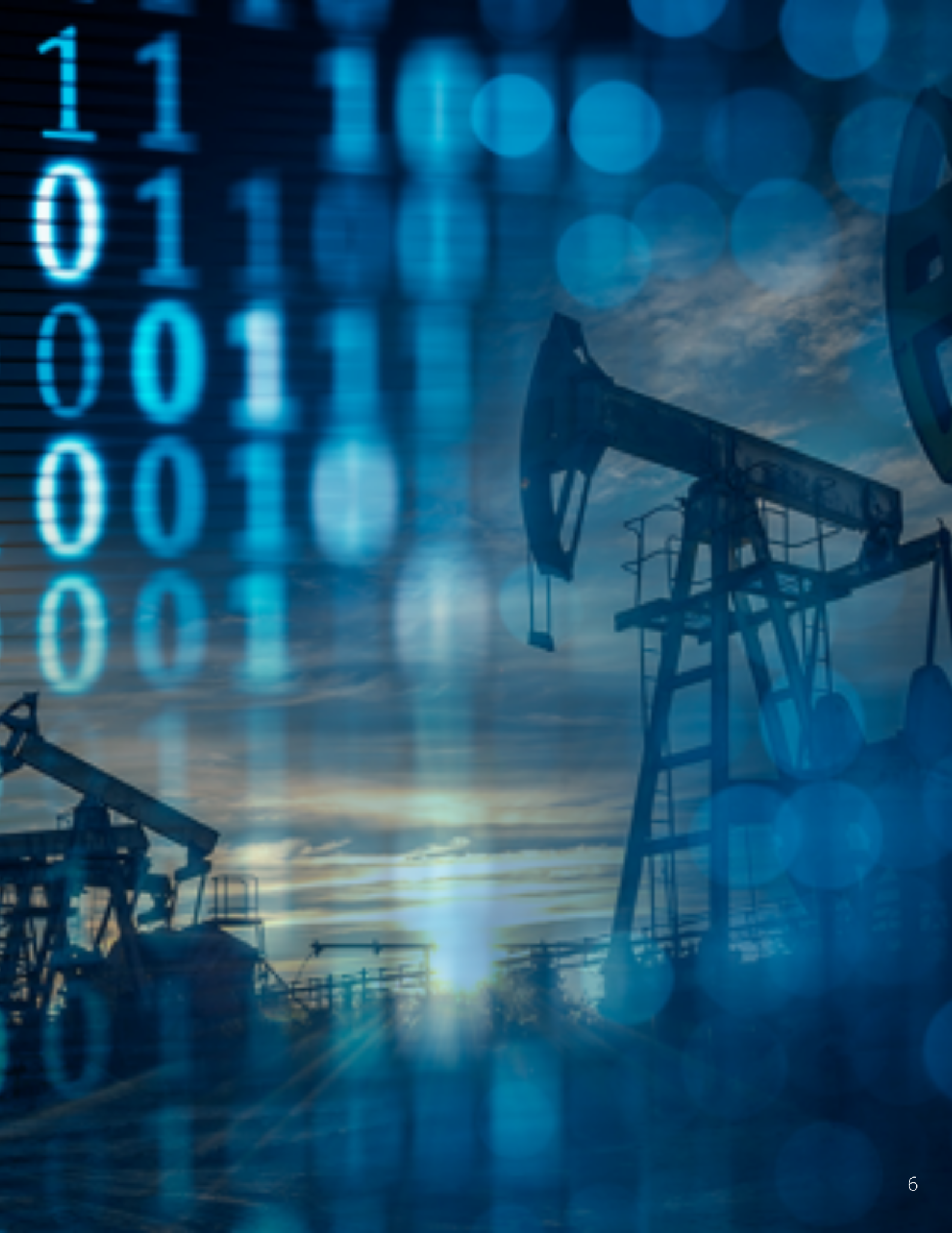

Generally, a field produces around 10% of its total reserves through primary recovery. Then to extend its useful life, secondary or tertiary recovery methods are usually implemented to obtain between 30 and 60% of recoverable reserves.
In these cases, the implementation of AI supports decision-making related to selecting the most appropriate method.
To achieve it, AI uses some of the following tools:
- Well interconnection maps
- Historical production data
- Pressure test information
- Reservoir characteristics
- Probabilistic relationships between the main variables of the field and the applicable recovery methods.
Then, AI can use other predictive algorithms to verify operational variables related to pressure and injection rate, steam quality (thermal cases), and energy consumption. That data helps optimize processes to maintain production at an economically viable standard.
The algorithm requires not only historical data but also background and surface information during the operation, in which case the main challenges are related to data acquisition.
In highly deviated wells, where it is necessary to consider the resistance of the materials, a widely used alternative is the integration of fiber optics as a sensor medium and an interrogator to monitor and issue alarms if parameters outside the operational range are identified.
This technology uses distributed detection, which allows obtaining a temperature profile and even seismic data along the entire length of the cable. In the case of steam injection wells, it will enable the use of Distributed Temperature Detection (DTS) to identify if there is an alteration in the quality of the injected steam, to know the temperature and the behavior of the steam front through the monitoring of observer wells[10].
Fiber optics can also monitor the behavior of mandrels in gas injection wells and use the Joule Thompson effect of gas cooling to determine the system’s efficiency qualitatively. Suppose there is a gas slug or change at the mandrel level [9]. In that case, it is possible to identify a time-dependent thermal pattern associated with the fault, which becomes recognizable to the algorithm. That information would save time through the multi-well analysis.
The optimization of the recovery method requires well-defined parameters; however, each field and well will have a particular behavior. For this reason, personalized models that select recovery methods based on each field’s data represent an improvement of significant impact on the industry. Algorithms can be trained and corrected in programming languages such as Python and then used once the accuracy valuesare acceptable, reducing uncertainty about a decision that requires investment for the operating companies.
Recommendations
After evaluating the benefits and the application range of AI, the first step, if someone seeks to implement best practices in a production process, is to define both the scope and the resources that will be part of the project (specialists, wells, fields, etc.).
Then it is crucial to integrate a team that knows how to apply predictive algorithms and AI in the oil industry. The team must prepare a pilot test, and after a reasonable testing time, it will be possible to extend the use of AI to the rest of the areas that require this support.
Conclusions
AI deployment and accelerated digital transformation can improve the competitiveness of the oil & gas sector in the global energy industry.
Machine Learning can potentially address the challenge of turning historical information acquired during operations into barrels, positively impacting production and field management.
Using these technologies makes it possible to integrate the cloud, machine learning predictive algorithms, and data management experience to implement best practices in energy.
References
[1] Retrieved from: [https://datosmacro.expansion.com/materias-primas/brent]. March 2021.
[2] Retrieved from: [https://bakerhughesc3.ai/customers/downtime-high-value-offshore-wells/ ] March 2021.
[3] Continuous Intelligence in charging Reservoirenvironments. Real-time reservoir and production data via capillary-conveyed technology. Weatherford 2020.
[4] REDUTSKIY, Y. Conceptualization of Smartsolutions in oil and gas industry. The 7th International Conference on Sustainable Energy Information Technology (SEIT 2017). Molde University College. Norway.
[5] ARIAS, J. Estado del Arte y Marco conceptual de las tecnologías de Machine Learning aplicadas al recobro mejorado. Grupo de Investigación GICBA de la Unidad Tecnológica de Santander. May 2019. Colombia.
[6] FAHAD, I. MUHAMMED A., AMIRMASOUNDK., SHAHIN, N. Artificial Lift optimization using machine learning applications. August 2020.
[7] JANSEN VAN RENSBURG, N. Autonomous Well Surveillance for ESP Pumps Using Artificial Intelligence. Siemens AG Germany. 2019.
[8] JANSEN VAN RENSBURG, N. KAMIN, L., DAVIS R. Using Machine Learning Based Predictive Models to enable preventative maintenance and prevent ESP Downtime. Siemens AG. Germany 2019.
[9] ELIZARRARAS A., MURILLO G., LOZADA M., VEGA A., Aplicación de Fibra Óptica en perfiles de producción. CIPM. Mexico 2005.
[10] Retrieved from: [https://globalenergy.mx/noticias-especiales/columnas/la-inteligencia-artificial-apuesta-obligada-para-la-industria-del- petroleo/#:~:text=En%202019%20la%20inteligencia%20artificial,d%C3%B3lares%20para%20fines%20d e%202025.] March 2021.
[11] CAMPETROL. Balance Petrolero. Cierre de 2019 e Incertidumbre 2020, la nueva conyuntura de precios y los desafíos del COVID-19. Colombia 2020.
[12] CHINN M., WUTKEWICZ M. Artificial Intelligence drives early-warning alerts to prevent ESP disruptions. Digital Transformation. World Oil. January 2019.
[13] IBARGUENGOYTIA P., BALLESTEROS A., GARCIA U. La toma de decisions para intervenir Pozos mediante técnicas de inteligencia artificial. ResearchGate. March 2015.
[14] CARRION F., LLIGUIZACA D., PERERO D. Selección de Métodos de Recuperación Mejorada de Petróleo utilizando el algoritmo de Machine Learning de los K vecinos más cercanos (KNN). July 2010.
[15] Retrieved from: [https://market.biz/report/global-ai-in-oil-gas-market-gm/572604/#details] March 2021.
[16] GUEVARA I, PASTOR P., SAAVEDRA A. Changing the negative perception of the Oil and Gas Industry in Colombia, Through an Energy Education Methodology. SPE, Gran Tierra Energy. Octuber 2019.
[17] GUEVARA I, PASTOR P., SAAVEDRA A. Data Science applied to pedagogical methodologies focused on changing the negative perception of the Oil and Gas Industry in Colombia. Glouphi, SPE Occidental Petroleum Corporation. Octubre 2019. PE. Octuber 2019
